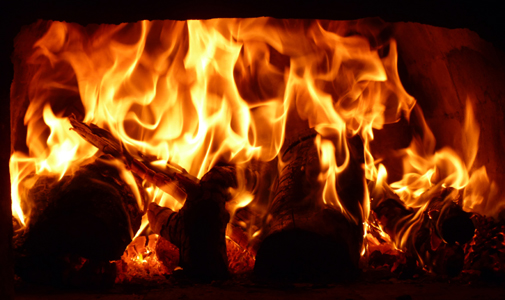The science of burning

Imagine what our lives would be like without fire.
Fire brings us many benefits.
However, it is also very dangerous.
To make good decisions about managing fire we need to know a bit about the science of burning.

|
Fuel is the best answer. Did you give an example of something, e.g., wood, coal, trees, natural gas, petrol, etc.? Fuel is a better word to use because it covers all of these. Anything that will burn is a fuel. A fuel has stored energy that is released during burning mostly as heat and light. |
Oxygen is the best answer. Was air your answer? Oxygen is a better answer. It is the particular gas in air that is needed for burning to continue. (This is a bit like our breathing. We breathe air, but it is the oxygen in the air that we need.) |
Heat is the best answer. Was your answer matches or a lighter? Heat is a better answer because it covers anything that heats up the fuel enough to set it on fire. (It is the flame or spark from the match or lighter that ignites the fuel.) |

